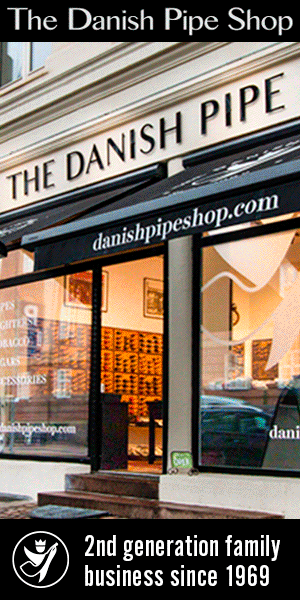Similar. The purpose was to speed up the curing process by flushing out the sap using pressure and heat, then allow time for the oil to evacuate. Hardening Algerian briar sounds like a bubba meise."The second reason was oil curing was said to harden the notoriously soft Algerian briar".
Having worked with wood for several years, I find that very hard to believe. Think about it on a microscopic scale, how on earth can oil strengthen or harden the soft fibrous strands that make up wood?
I've always been a tad suspicious of oil curing as briar is notoriously very dense. How long would it take for oil to penetrate an entire root ball the size of a melon I wonder?
When I worked in a specialist woodshop we had a huge pressure chamber that looked like a giant torpedo that wood was stacked inside. The door was closed with about 24 huge bolts and a special liquid was injected into the now sealed chamber under incredible pressure once a vacuum had been created via a pump.
This was left running for about 6-8 hours for the timber to absorb the liquid.
Were these processes used for oil curing briar I wonder?
Regards,
Jay.
Barling specialized on using Algerian briar and, possibly except for their guinea grain range, didn't use oil curing, having stated in their literature that oil curing was inferior compared to traditional air curing.
Their reason for using it with the Guinea Grain was supposedly cosmetic, in that they believed it increased grain contrast, which they wanted to work with their special golden stain.







